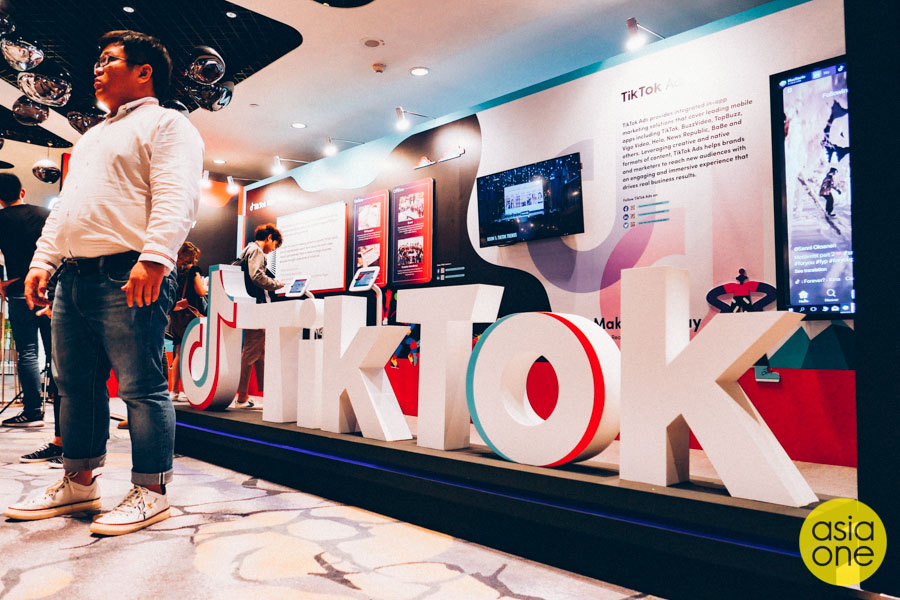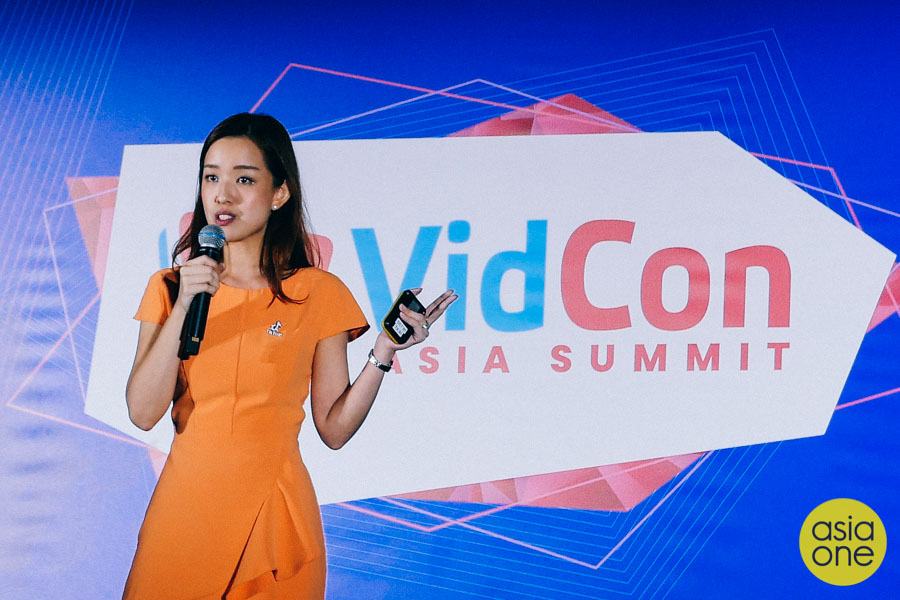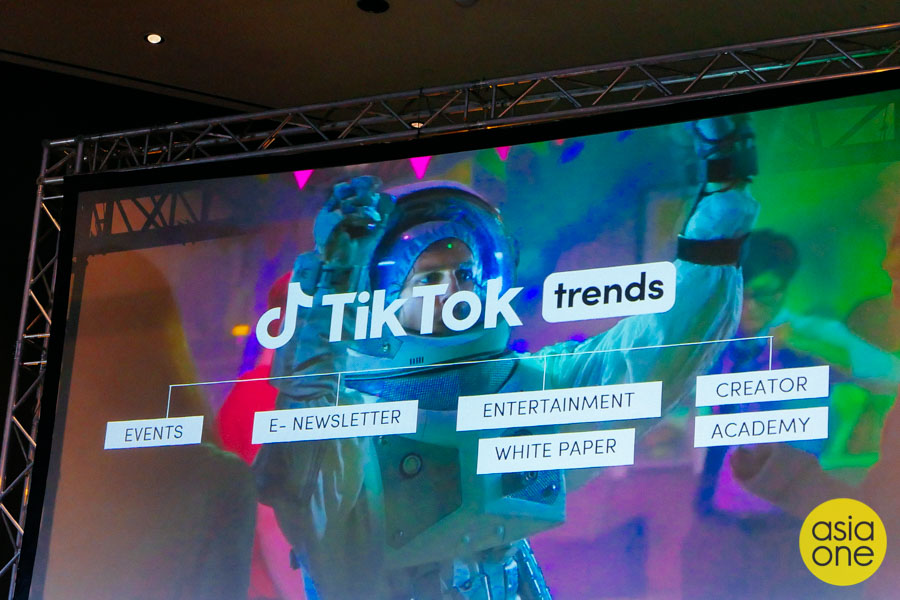It’s 2020, and TikTok’s just getting started for domination in Southeast Asia


It’s TikTok’s world and we’re just living in it. Who knew that a Chinese-owned app — a platform with the simple function of recording and sharing 15-second video clips — would be such a phenomenal and supposedly dangerous global cultural force.
If you still can’t understand the appeal of TikTok, it’s totally fine. It’s overwhelming, it’s chaotic, it’s surreal, it’s odd, it’s laconic — basically everything that defines Gen Z. There’s a vast music library to lip-sync to, there’re dance challenges to execute, there are filters to play around with, there’re new memes to grow into dank, viral heights.
Funnily enough, the app that created the relatively innocent likes of “Hit or miss” and “Mr Sandman cat” is actually considered a national security threat. US Army soldiers are prohibited from using TikTok on government-owned phones on grounds that the app’s Beijing-based owners ByteDance could use it to spy on Americans. The paranoia’s considerable enough for US senators to call for an intelligence probe into the massively popular app on how it could be collecting user data.
@jade13tr ♬ Mr. Sandman - The Chordettes
Over in Southeast Asia on the other hand, TikTok’s pretty much been welcomed with open arms. Since last year, the company has plopped itself in Singapore with an office at WeWork, a hub for its regional operations and expansion in Southeast Asia. It’s been estimated last year that there have been 190 million app installations across the region, while the average time spent in the region clocks up to three minutes and 38 seconds, according to data provided by App Annie late last year.

2020 holds a more ambitious tune for TikTok in Southeast Asia.
“We are growing pretty aggressively and rapidly, so for 2020, we are looking to sustain the momentum by building a more diverse ecosystem with our content creators. We’re also looking to groom more diversified creators and get more people on board,” shared TikTok's user and content operations manager Doreen Tan to AsiaOne.

A bigger commitment in the region requires larger premises, and Doreen revealed that TikTok is moving out of their offices in WeWork and settling into a permanent regional headquarters located at 1 Raffles Quay later this year.
“We are intending to settle into a permanent space where we’ll have a TikTok studio for creators to record music, and also lounge spaces for creators and member of the media to hang out in the area.”

They’re serious about the bit about grooming a more diversified ecosystem too, with the launch of TikTok Trends, a regional programme intended to empower brands with insights into the latest digital marketing and pop culture fads for businesses and industry players to hop on for their campaigns. For the actual creators, there’s TikTok Trends Creator Academy, which is set to educate creators to develop the best strategies for viral short-form content.
[embed]https://www.youtube.com/watch?v=tZn45jPkc1Y[/embed]
But by putting creators through such workshops, there’s always the fear of potentially diluting the authentic creativity and genuine weirdness in the type of content that TikTok addicts have come to love on the platform. You just can’t teach someone to come up with something as bizarrely amusing like “I’m in the ghetto”, which holds over 11 million likes as of writing.
@mukhtarhuh Issa shooting!
♬ original sound - mukhtarhuh
Doreen believes that the app will continue to appeal to millennials and Gen Z kids because of its capacity for raw, honest quality of content.
“On TikTok, it’s just this raw 15 seconds that lets people see users — even celebrities — being themselves.”
ilyas@asiaone.com